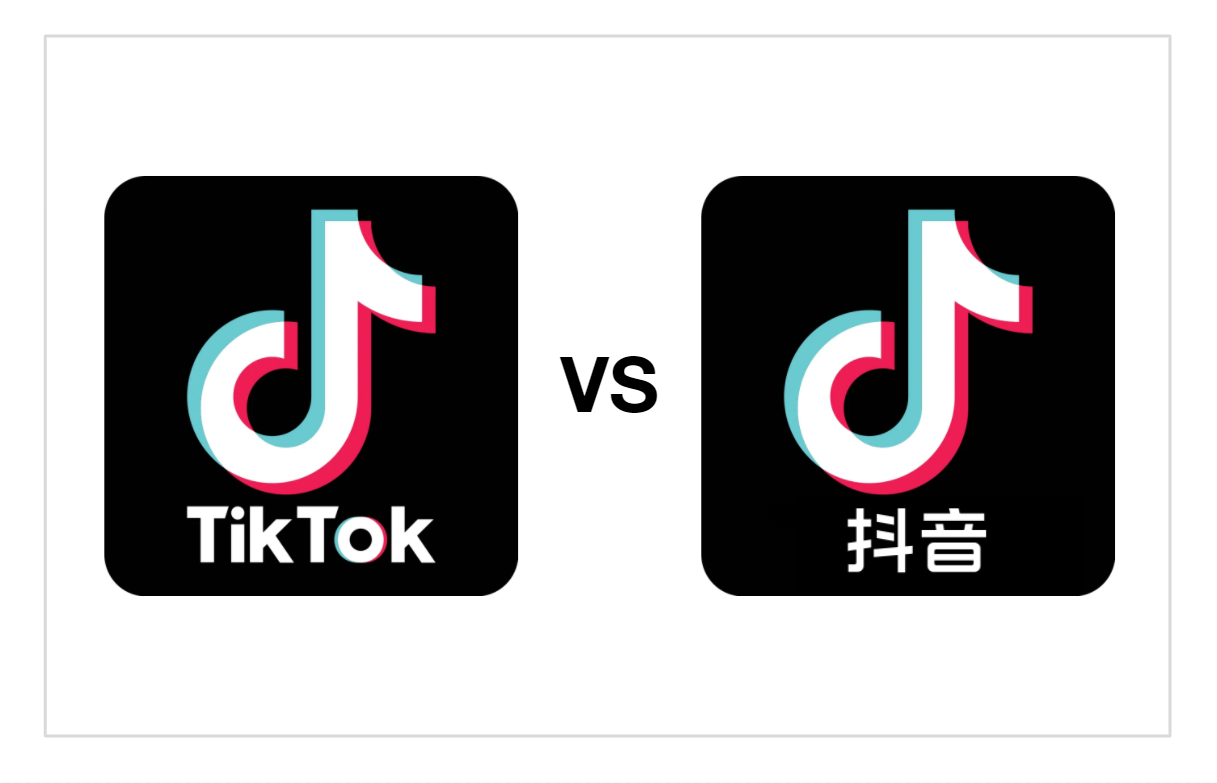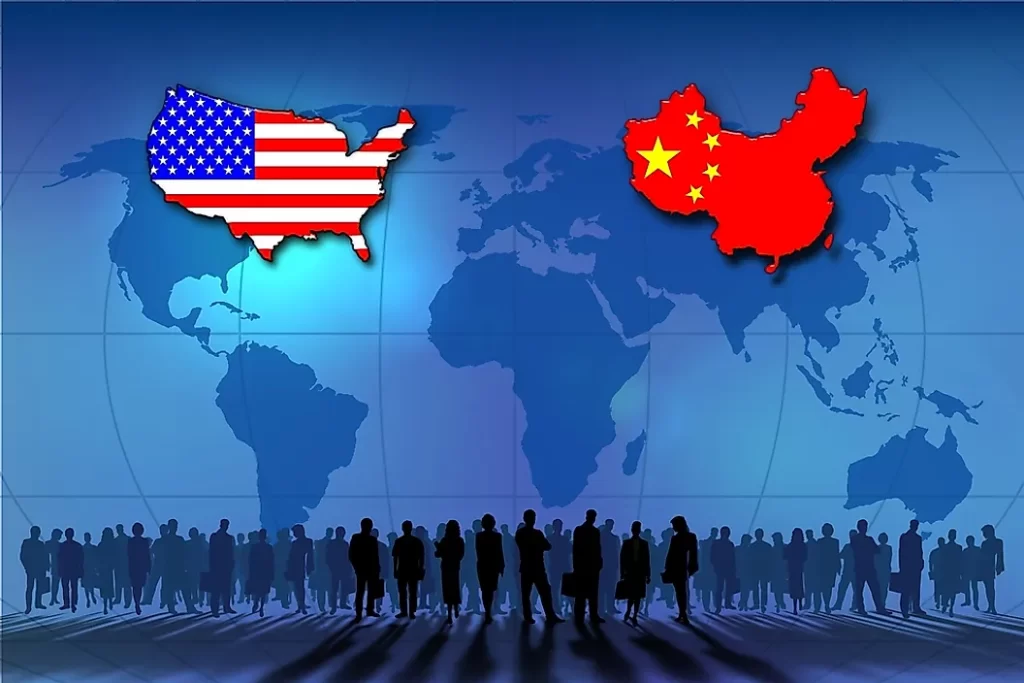
Introduction
The information we encounter on social media is a mixture of global creativity in an era where digital platforms cut beyond national boundaries, cultural distinctions, and linguistic barriers. This phenomenon is best shown by TikTok and Douyin, two short-video sharing services that have taken the world by storm.
However, despite their uniform exteriors, these two platforms—one confined primarily to China and the other to the rest of the world—take quite different approaches to content moderation. The significant differences between TikTok and Douyin’s content regulation policies show the complex dance between globalisation and localisation, where the desire for a unified user experience clashes with the necessity for legal compliance and cultural sensitivity. The topic of content moderation regulations is explored in this article as it navigates the complex relationship between user experience, governmental influence, and digital expression. We may better grasp how content platforms must balance regional limits and global aspirations in our linked world by evaluating these disparities.
TikTok and Douyin’s differing content moderation policies reflect the complex interaction between global expansion and local adaptation, demonstrating the challenge of balancing the need for a consistent user experience with regional regulatory compliance.
Global Expansion vs. Regional Compliance and Cultural Sensitivity
Tiktok seeks to provide a smooth user experience for its global user base as a platform. It uses a more standardised method of content moderation to achieve this. Regardless of the user’s location, the aim is to offer a consistent level of content quality and safety.
In order to maintain a global level of acceptability, this standardised strategy often involves stricter guidelines for content and more active moderation.
In addition, when considering the subject of cultural sensitivity on a global scale,
TikTok’s content moderation policies prioritise it before anything else. This implies that, in order to prevent offending users from other regions, content that can be considered controversial, culturally insensitive, or inappropriate in one country may be subject to removal or restriction.
In contrast, as Douyin primarily serves Chinese-speaking users within China, it has the freedom to modify its content moderation guidelines in compliance with local norms and laws. As a result, Douyin is able to tailor its policies to meet the tastes and sensibilities of various cultural groups. As a result, the content rules for Douyin can be more sensitive to respecting and recognising cultural differences. The content on Douyin is kept contextually relevant to Chinese culture and in line with the expectations of its Chinese user base by strictly adhering to Chinese values and preferences.
It has never been more crucial for “content moderators” to prohibit or promote user-posted content, whether in the face of “fake news” or livestreamed violence. This is particularly relevant given that the tools social media companies use to stop trolling, ban hate speech, and censor pornography also have the ability to mute content that you need to hear. (Gillespie, 2018)

Government Influence
Douyin’s content moderation policies are significantly influenced by Chinese rules, particularly with regards to content that the Chinese government deems to be politically sensitive, socially polarising, or morally objectionable. In order to stick to these rules, Douyin is required to actively monitor and censor some material types, including talks on sensitive subjects and political dissent.
In 2021, Douyin announced a limit of 40 minutes per day for children under the age of 14. They will only be able to access the application between 06:00 and 22:00 with authentication using real names. This policy is reffered as “anti addiction measures” as Douyin particularly popular among youngsters. There are actually no minimum age limits for the users, according to Douyin’s user agreement, whereas Tiktok requires a minimum age of 13. (BBC News, 2021)
Internationally operating TikTok is subject to various levels of governmental oversight and control in various nations. Each region’s unique legal and cultural needs must be taken into account while developing its content moderation procedures. As a result, depending on the local regulatory landscape, content may be handled differently.
Its worth mentioning that several countries, including Canada, the UK, the US, and the European Union, actually decided to ban TikTok from devices issued to staff as privacy and cybersecurity concerns rose over the years from 2020 to 2022. (Kelvin Chan, 2023)
User Experience, Appeal and Impact on Creativity and Expression
TikTok’s content moderation policies are designed with a large international audience in mind. As a result, they seek ways to enforce globally accepted standards of acceptability while providing a safe and entertaining user experience.
In contrast, Douyin can focus more on the unique tastes, hobbies, and cultural preferences of its audience, as it caters exclusively to Chinese consumers. This may result in a more customised user experience for Chinese users, but it might not be as pertinent or interesting for those from other regions.
To appreciate such an experience, it’s essential to take an eye-opening look at the unseen labourers who shield us from the worst of humanity on the modern commercial internet, particularly on social media platforms. The online social media realm can be a terrifying world, and it’s not solely an algorithm that protects us from hate speech, violent videos, and user-uploaded brutality. Rather, it’s the human content moderators who play a crucial role, often working behind the scenes. More than 100,000 commercial content moderators diligently review and remove harmful information from posts on popular social media platforms, all while remaining mostly unseen by design. Their work involves enforcing internal regulations, educating AI systems, and eliminating thousands of items every day.(Roberts, 2019)
Regarding creativity and expression, TikTok’s standardised content guidelines can at times limit creative expression due to the necessity of adhering to international standards. This can occasionally hinder the diversity of materials, but it ensures that the content users access is generally consistent and falls within a certain range of acceptability. On the other hand, Douyin’s adaptability to content regulation allows for a wider variety of content. Although the platform could host content that would not be allowed on TikTok due to its stricter content restrictions, users may enjoy greater creative freedom to express themselves.
Conclusion
In conclusion, the differences in content moderation practises between TikTok and Douyin highlight the tricky balance that social media platforms must strike in our linked world between global expansion and local adaptation. The argument put forward in this article has highlighted the difficulties and factors that these platforms must take into account as they work to combine providing a uniform user experience across various locations with adhering to local laws and cultural norms.
To appeal to a global audience, TikTok’s international presence needs a more standardised approach to content moderation. This strategy puts cultural sensitivity first of all, yet it also restricts the freedom of creative expression. Douyin, on the other hand, enjoys the flexibility to tailor its content guidelines to its primarily Chinese user base, which allows for a more diverse range of content but may also be subject to stricter government regulation.
Government legislation has an important impact on Douyin’s content moderation policies in China, but TikTok battles variable degrees of government scrutiny in other nations. This highlights the importance of government influence.
In the end, these content filtering rules significantly influence the overall user experience and the platforms’ overall appeal. The standardised strategy used by TikTok aims for a consistent user experience but can limit originality, whereas Douyin’s tailored policies may produce a more varied landscape of content.
TikTok and Douyin’s experiences emphasise the difficulty of regulating content on a global scale while navigating the complexities of local laws and cultural norms in the rapidly evolving social media ecosystem. Finding the delicate balance between global consistency and regional adaptability is a key challenge in the world of user-generated content platforms as these platforms continue to adapt and grow.
Reference
BBC News. (2021, September 20). China: Children given daily time limit on Douyin – its version of TikTok. BBC News. https://www.bbc.com/news/technology-58625934
Chan, K. (2023, April 4). Here are the countries that have bans on TikTok | AP News. AP News. https://apnews.com/article/tiktok-ban-privacy-cybersecurity-bytedance-china-2dce297f0aed056efe53309bbcd44a04
Gillespie, T. (2018). Custodians of the Internet: Platforms, Content Moderation, and the Hidden Decisions That Shape Social Media. New Haven: Yale University Press. https://doi.org/10.12987/9780300235029
Hadero, H., & Chan, K. (2023, March 25). TikTok’s CEO in Washington: Why app’s security risks keep raising fears | AP News. AP News. https://apnews.com/article/tiktok-ceo-shou-zi-chew-security-risk-cc36f36801d84fc0652112fa461ef140
Roberts, S. (2019). Behind the Screen: Content Moderation in the Shadows of Social Media. New Haven: Yale University Press. https://doi.org/10.12987/9780300245318



